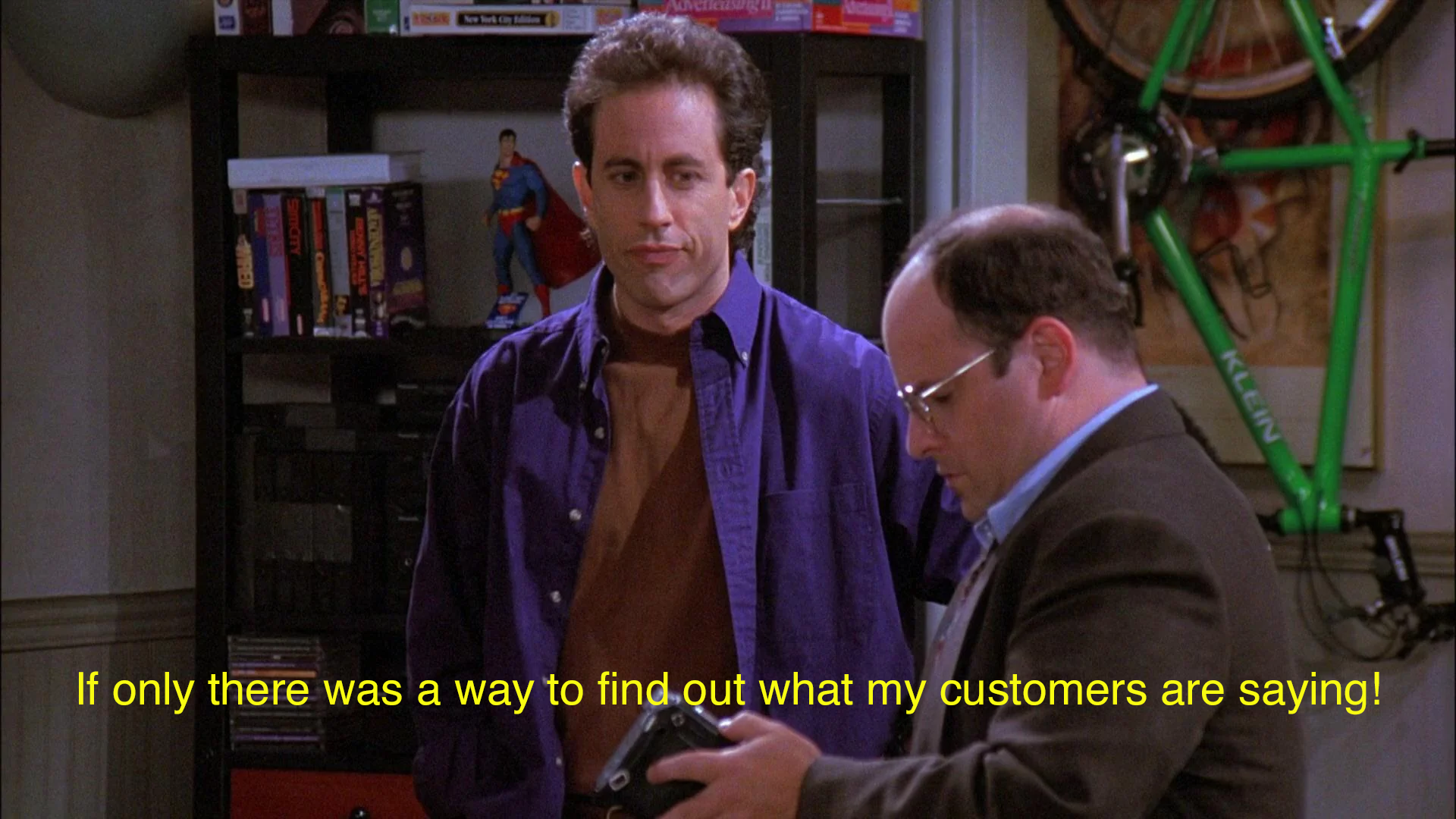How to Reduce Dropouts at your next Executive Roundtable
3 minute read.
In Post-Covid times, managing attendee dropouts is challenging for all event organisers. With the widespread trend of working from home, people are visiting the office less frequently, leading to a common occurrence of up to 50% of registered attendees dropping out of an event.
This is an event management nightmare. You either have to oversubscribe registration to make up for dropouts or book a bigger venue (with a higher F&B cost) when not necessary. Unfortunately, there is no silver bullet to this problem. Still, several strategies can be implemented to reduce the number of dropouts and no-shows at your next event.
Location and Timing
It seems obvious, but never run an event on a Monday or a Friday. These are the days people generally work from home. You are also competing with last-minute tasks needed to be completed before the weekend or people nursing a sore head after a strong Sunday sesh. The best days to run an executive roundtable are either Tuesday or Thursday.
We also recommend going for a lunch session over breakfast and dinner. When choosing the breakfast or dinner time slot, you are competing against other priorities. Things like the school drop-off or spending time with a spouse. So you will see larger dropout rates at these time slots.
Venue choice is also critical. Choose a centrally located venue with an excellent reputation. The value of a free fine dining lunch has dropped for executives as the number of events they are invited to has grown. But, it still helps the value prop for an event to be at a lovely venue with a great view.
Pre-Event Communication
Regular communication with attendees before the event is essential. For example, send a reminder email two weeks out and another email the week of the event to ask for their dietary requirements. Then, the day before the event, give them a quick call to ensure they know where to go for the event. These basic event management practices make a significant difference in reducing dropouts.
A phone call is especially powerful as it provides a human connection to the event. It reminds the attendee they are a valued part of this executive roundtable, not another attendee getting a generic email.
Invite a Colleague
One of the strongest strategies you can put in place is allowing all registered attendees to bring a colleague to the event. I recommend offering them an extra invite for a colleague at the point of registration. Then, a few days out from the event, offer them the opportunity to bring a colleague again if you have a few spots vacant.
This creates a sense of accountability to someone other than the event organisers, leading to a lower chance of the attendee doing a no-show.
Incentivise
One strategy we have seen which is very powerful is by offering a donation to a charity of a registrant's choice when they turn up for the event. This again creates accountability to someone else apart from the event organiser. At the same time, it also helps the organiser's brand positioning as it shows they are trying to give back.
Another powerful incentive I have seen work is providing uber vouchers for transport to and from the event. Uber vouchers can be set to only work for the event destination. This will make it easy for attendees to get to and from the event (and reduce the risk of a train strike derailing your event). It also reminds them that money is being spent on their attendance at the event, reducing the chance they will not show up.
Crowdsource Content
To build anticipation of the event, a great tip is to reach out to all registered attendees to crowdsource content. Two weeks out from the event, ask them what items they want to be discussed during the roundtable discussion.
This crowdsourcing of content helps position the event to attendees as customer-centric and not another 1-hour sales pitch disguised as a roundtable discussion. The more value they see in the event, the less likely they will withdraw from the event to take up a better offer.
While it's unlikely to completely eliminate dropouts, keeping attendee attrition at 20% or lower is considered a great achievement compared to industry standards. By following these strategies, you can effectively reduce the number of dropouts and no-shows at your event.
Related Posts:































